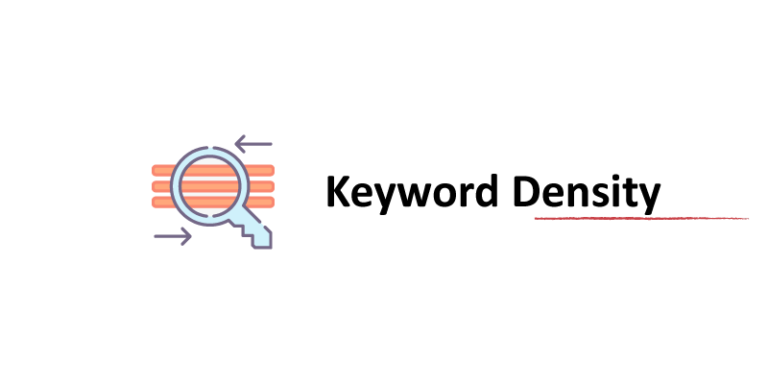What is keyword density?
Keyword density also called keyword frequency is the basic concept of SEO that tells how frequently the focus or target keyword is used when compared to the ratio of total words used on the page.
How to measure keyword density?
Keyword Density = No of words in content copy / No of times the focus keyword appeared in content copy.There is no official statement regarding the proper keyword density. It is better to practice keeping the keyword density below 2%.
What are the tools to find keyword density?
They are many keyword density analysis tools available online. some of the mostly used tools are:
- Small SEO Tools Keyword Density Checker.
- SureOak
What is the ideal keyword density in SEO?
There is no definite answer for this question as the keyword density changes based on the nature of your content. Some less content news pages may contain fewer keywords and a blog or webpage can contain more keywords.
There are no specific guidelines from Google nor any proven statistics that tell how densely the keywords can be used.
It is up to to you to test, experiment and decide based on your preferences. Follow the best practices to optimize your content without involving in keyword stuffing.
How many keywords can I use in my content?
It is recommended by most of the SEO Community to use only 1 keyword for every 200 words in a paragraph.
Best strategies for optimizing your content with good keyword density?
Best practices for keyword optimization in your content to tackle keyword density are:
Write the content for readers first then focus on adding necessary keywords:
Write content naturally, organically which can be easily readable and understandable by the reader. Then add 1-2 targeted keywords naturally with the flow of the content.
Use keyword stemming – add variations to the targeted keyword:
Keyword stemming is usually the addition of prefix, suffix and pluralization to a target keyword to provide textual variety to your content copy and to support your targeted keyword.
Search engines can easily recognize these keywords and can associate them with targeted keywords.
For example: For the target keyword monetize , keyword stemmings are monetized, monetizing.
Using Semantic keywords to provide context and support to targeted keyword
Semantic keywords are related, similar and contextual terms related to targeted keywords. They are said to be related because of what they mean, not just because of similar terms. Search engines use Semantic SEO to understand the overall meaning and intention of a phrase or sentence instead of the meaning of the individual keyword.
Stop keyword stuffing:
Check the keyword density and other on-page SEO factors before article publishing. Make sure to include your target keyword enough times in the content naturally without keyword stuffing.










